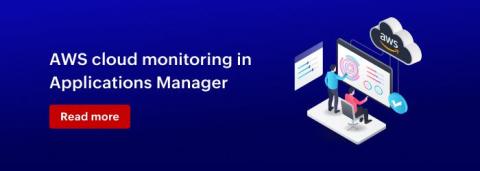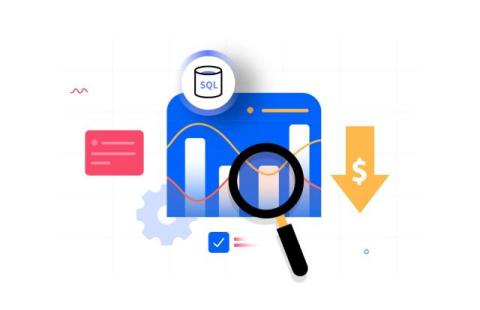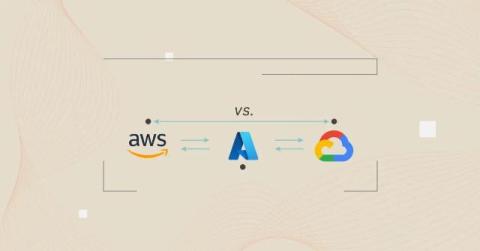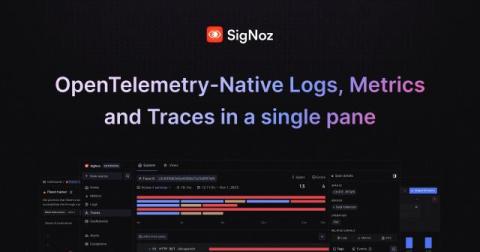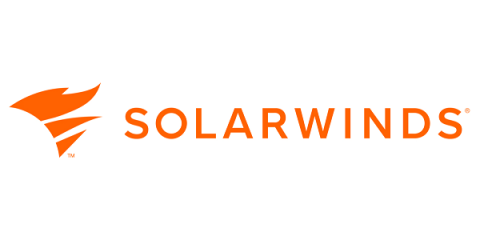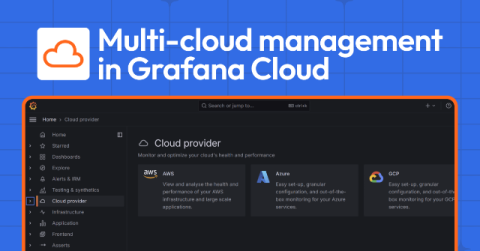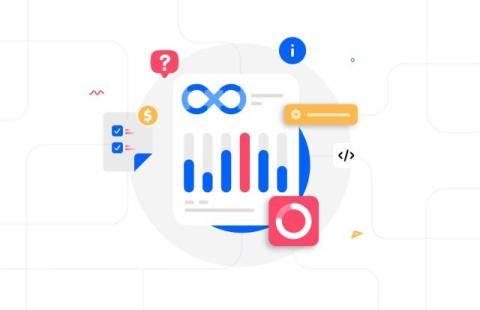How Long Does it Take to Learn Cloud Computing?
Whether you're transitioning into tech from another field or upskilling to advance in your current role, investing in cloud computing education is a strategic move. With the demand for cloud skills continuing to grow, now is the perfect time to embark on this learning journey.




